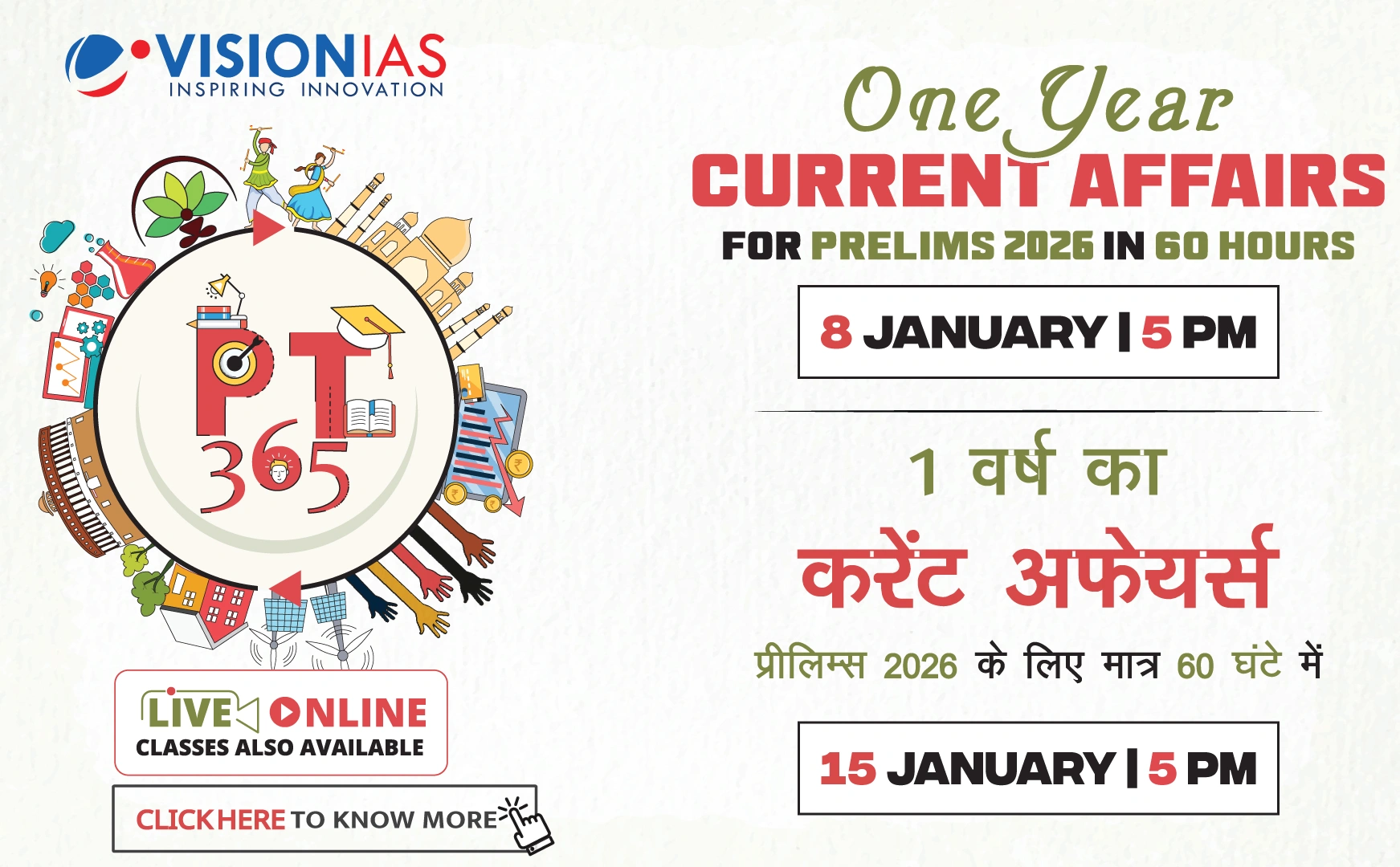Introduction of E-commerce Price Index in India
The Ministry of Statistics and Programme Implementation (MOSPI) is considering the creation of an e-commerce price index to track the prices of goods and services sold through digital platforms.
Purpose and Significance
- The index aims to provide a statistical estimate similar to the Consumer Price Index (CPI) and Wholesale Price Index (WPI).
- This move is significant as India's e-commerce market is projected to increase from ₹12.2 trillion in 2024 to ₹24.1 trillion by 2028.
- India had 895 million internet connections as of June 2023, with the smartphone base expected to exceed 1.1 billion by 2025.
Data Collection and Challenges
MOSPI has reached out to e-commerce firms and government departments for data on goods and services sold online. However, progress has been slow due to limited data availability.
- Contact was made with approximately 20 leading e-commerce platforms to share data, but engagement has been challenging.
Components of the E-commerce Price Index
- Like the CPI, the index will include components such as food products, clothing and footwear, housing, fuel & light, health, education, and recreation and amusement.
Future Prospects
The National Statistics Office (NSO) plans to launch a new CPI series in February 2026, along with new series for GDP and IIP.
Expert Opinions and Considerations
PC Mohanan, former acting chairman of the National Statistical Commission, emphasized the importance of the new index for tracking prices in the expanding e-commerce ecosystem. He highlighted the need to study the share of e-commerce in total transactions and consider price volatility due to factors like surge pricing and sales events.
Key Takeaways
- The e-commerce price index will mirror CPI components for tracking digital economy prices.
- The index aims to address price fluctuation issues in the digital marketplace.



